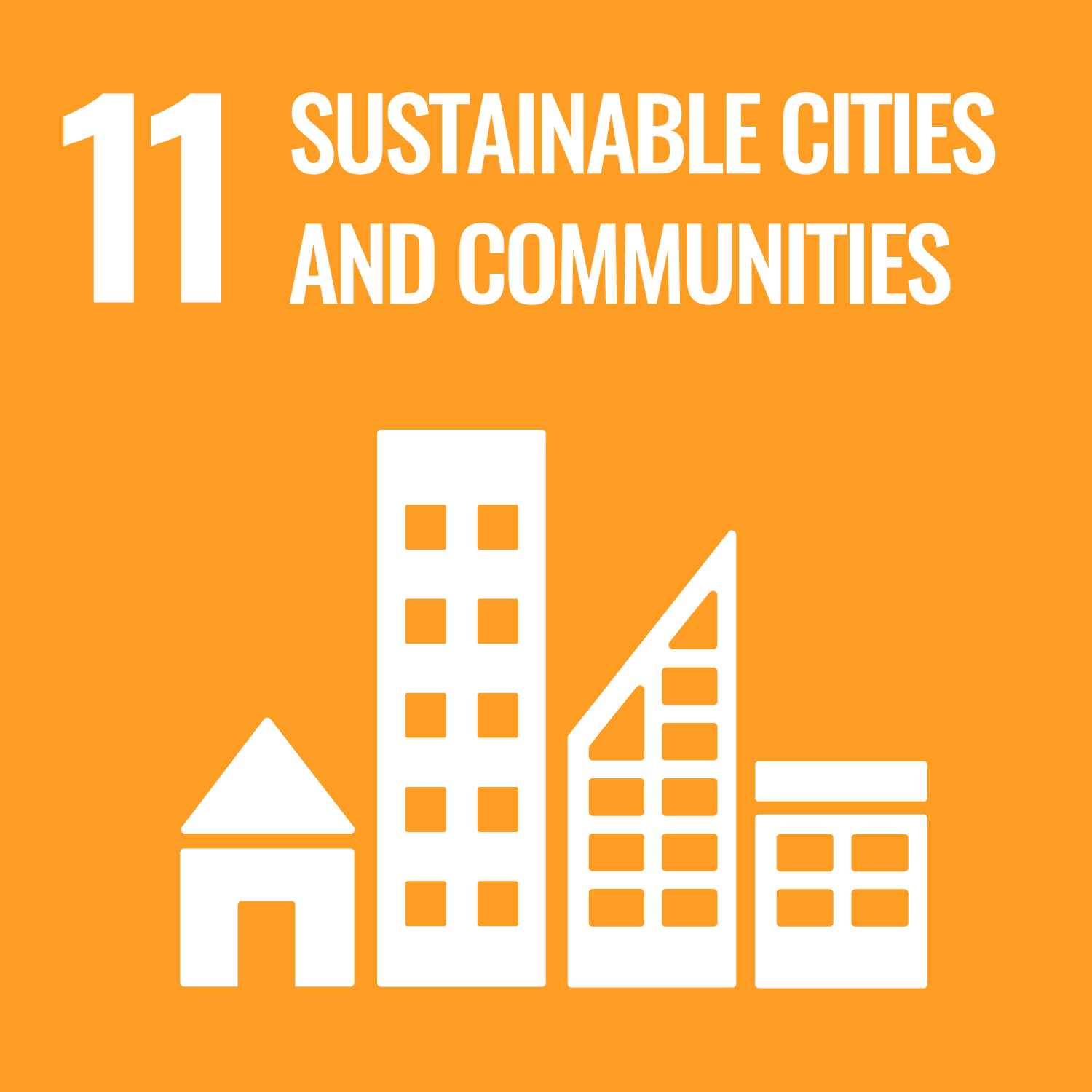Yin, Y., Shao, Y., Lu, H. et al. (2 more authors) (2023) Predicting and Visualizing Human Soundscape Perception in Large-Scale Urban Green Spaces: A Case Study of the Chengdu Outer Ring Ecological Zone. Forests, 14 (10). 1946. ISSN 1999-4907
Abstract
Human soundscape perceptions exist through the perceived environment rather than the physical environment itself and are determined not only by the acoustic environment but also by the visual environment and their interaction. However, these relationships have mainly been established at the individual level, which may impede the efficient delivery of human-oriented considerations in improving the quality of large-scale urban spaces. Using the Chengdu Outer Ring Ecological Zone as an example, this study aims to develop an approach to predict human perceptions in large-scale urban green spaces. The site’s visual attributes, i.e., landscape composition, were calculated using space syntax and the quantum geographic information system (QGIS); its aural attributes, i.e., the sound level, were measured on site using a multi-channel signal analyzer; and its functional attributes, i.e., vitality, were documented through on-site observations and mapping. This was performed whilst obtaining people’s perceived soundscape through sound walks and a questionnaire-based on-site survey. The above environmental information was collected at micro-scale measurement spots selected within the site and then used together to formulate a model for predicting people’s soundscape perceptions in the whole site. The prediction results suggested that people’s perceived soundscape satisfaction increased as the distance from the ring road increased, and it gradually reached its highest level in the green spaces stretched outside the ring road. The prediction results of soundscape perception were then visualized using QGIS to develop planning and design implications, along with maps describing the site’s visual, aural, and functional features. Planning and design implications were suggested, including setting green buffers between noise sources and vulnerable areas; identifying and preserving areas with special visual and acoustic characteristics; employing sound shields around traffic facilities; and using natural landscapes to distract people’s attention from noise and to block their view of the source of noise. This study innovatively predicts individual-scale soundscape perception in large-scale UGSs based on environmental visual, aural, and functional characteristics through cross-level measurements, analyses, and model construction. By introducing a systematic perspective, the outcome of this study makes people’s soundscape perceptions more applicable in the planning and design practices of large-scale urban settings.
Metadata
| Item Type: | Article |
|---|---|
| Authors/Creators: |
|
| Copyright, Publisher and Additional Information: | © 2023 by the authors. Licensee MDPI, Basel, Switzerland. This article is an open access article distributed under the terms and conditions of the Creative Commons Attribution (CC BY) license (https:// creativecommons.org/licenses/by/ 4.0/). |
| Keywords: | soundscape; human perception; prediction model; visual–aural attributes; urban green spaces |
| Dates: |
|
| Institution: | The University of Leeds |
| Academic Units: | The University of Leeds > Faculty of Environment (Leeds) > Institute for Transport Studies (Leeds) > ITS: Economics and Discrete Choice (Leeds) |
| Depositing User: | Symplectic Publications |
| Date Deposited: | 07 Aug 2024 12:32 |
| Last Modified: | 07 Aug 2024 12:32 |
| Published Version: | https://www.mdpi.com/1999-4907/14/10/1946 |
| Status: | Published |
| Publisher: | MDPI |
| Identification Number: | 10.3390/f14101946 |
| Sustainable Development Goals: | |
| Open Archives Initiative ID (OAI ID): | oai:eprints.whiterose.ac.uk:215817 |


 CORE (COnnecting REpositories)
CORE (COnnecting REpositories) CORE (COnnecting REpositories)
CORE (COnnecting REpositories)